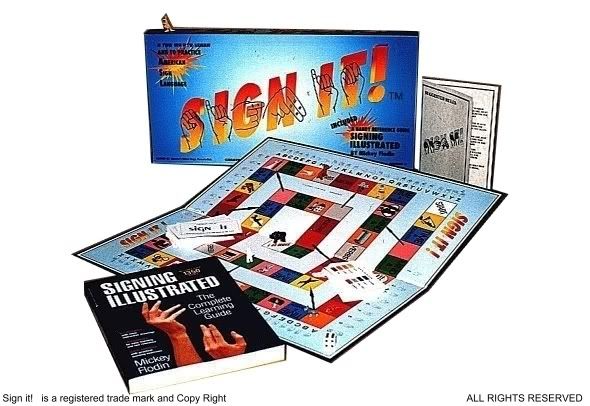Honestly - the best thing you can do for these students is ALWAYS be voice-off.
There is no reason to be using a voice EVER in an ASL class (past the initial hour of an ASL 101 class -with an interpreter there)
There are many very valid reasons for being Voice-off including one very important one that is rarely even explicitly mentioned - it puts the hearing students in the position of being the one struggling to communicate!
If the students don't know a sign for something they need to fingerspell it - or write it on a whiteboard so that the teacher can explain it to the class.
If the students can speak in class (even only occasionally) they are FAR less motivated to learn than if they know that they will HAVE to use ASL to communicate.Period.
I've never actually seen or heard of an ASL class anywhere that was anything other than Voice-off until I read it here on AD. There is no reason for it - and it defeats the purpose of an immersion learning environment (it's also VERY exclusionary to any Hoh/Deaf people present, be they teachers or students).
For vocabulary building etc activities, one that I've often played that is fun, as well as a good "education game" is very common ABC/Handshape game. Everyone should already be sitting in a circle (so everyone can see) - if for some odd reason they aren't have everyone move so that everyone can see each other.
Then have one person start the game by picking a sign that uses an "A" handshape and signing it, then the person to the right or left of them picks another "A" handshape to sign, then it the person next to them etc etc. This continues until no one can think up another "A" handshape sign, at which point they move on to "B", then "C" etc.
Variations including having the person Sign the Handshape Sign, fingerspell the Gloss English meaning, and then use the sign in a simple ASL sentence (Ex for "A" handshape" : sign GIRL, fs G-I-R-L, sentence MY SISTER she-has a BABY GIRL HOW-OLD 3).
Other neat exercises include:
Creating simple ABC/123 stories (a few sentences long total)
Bringing a number of pictures (odd pics, scenic pics etc) and have the students each take a picture, study it for a few mins and then describe it to the group (or split in groups of 2/3 each and describe it to their group)
One thing that might help you in terms of choosing activities, is to find out what SKILL they need to work on. Is is grammar, spacial usage (including describing locations etc), vocabulary etc ... and then find activities that are particularly suited to honing that skill.






 Thank you! That worksheet sounds great!
Thank you! That worksheet sounds great!